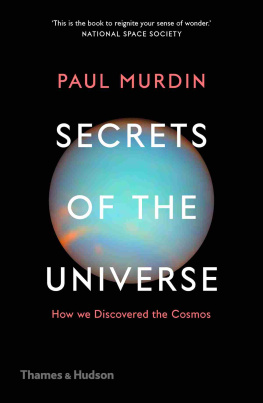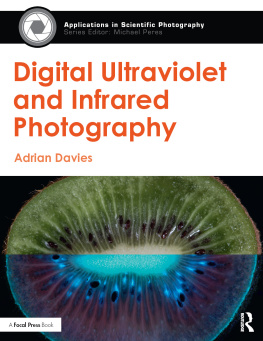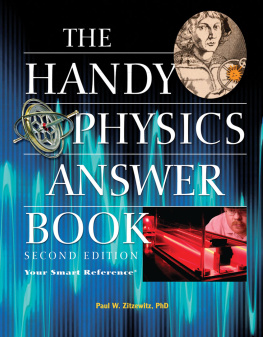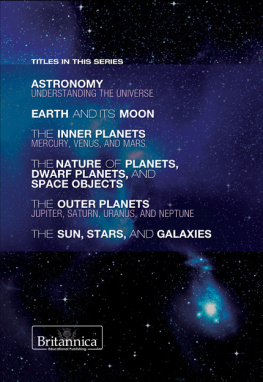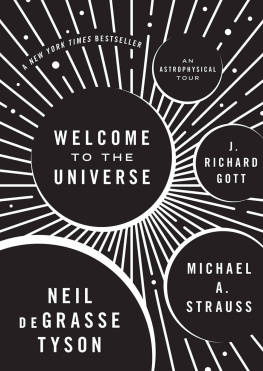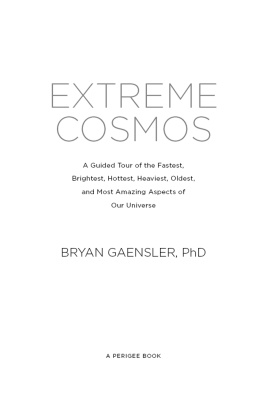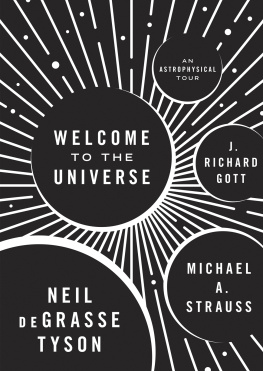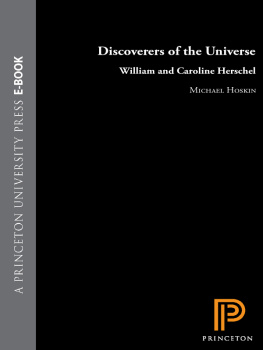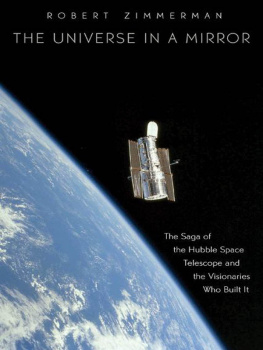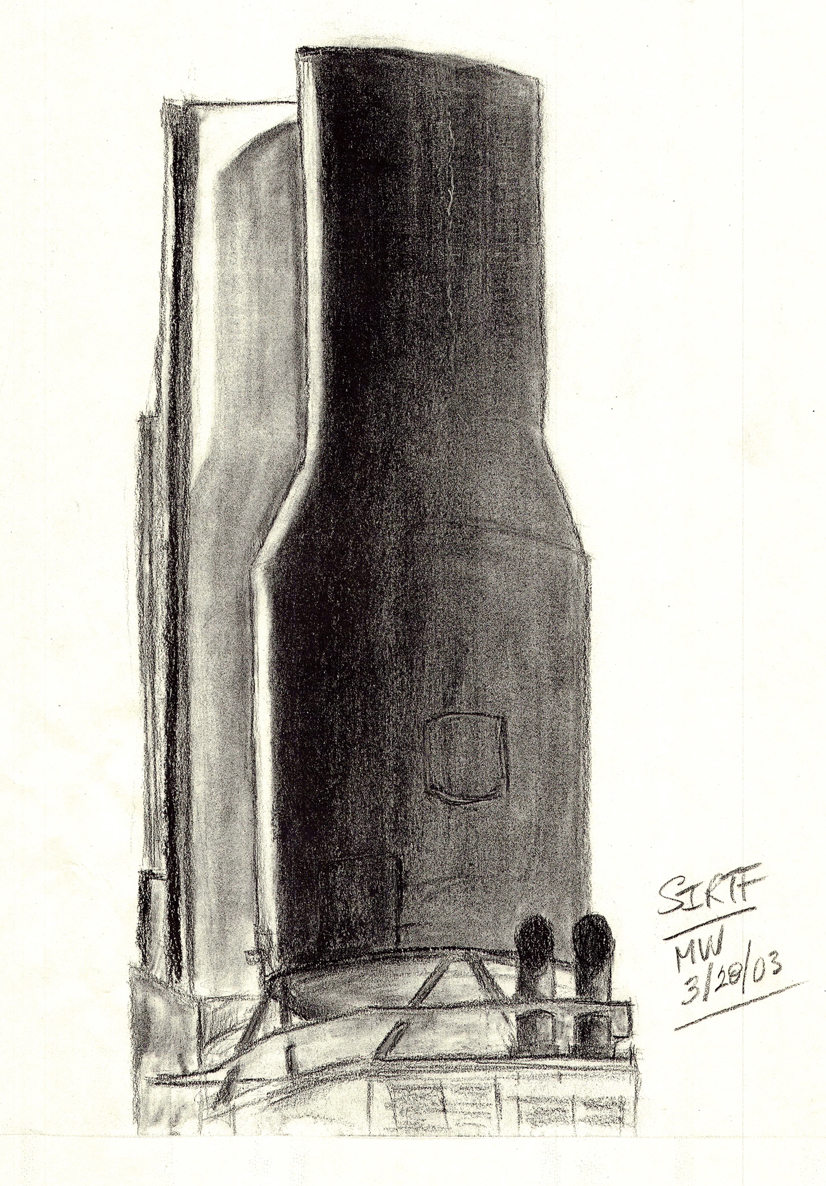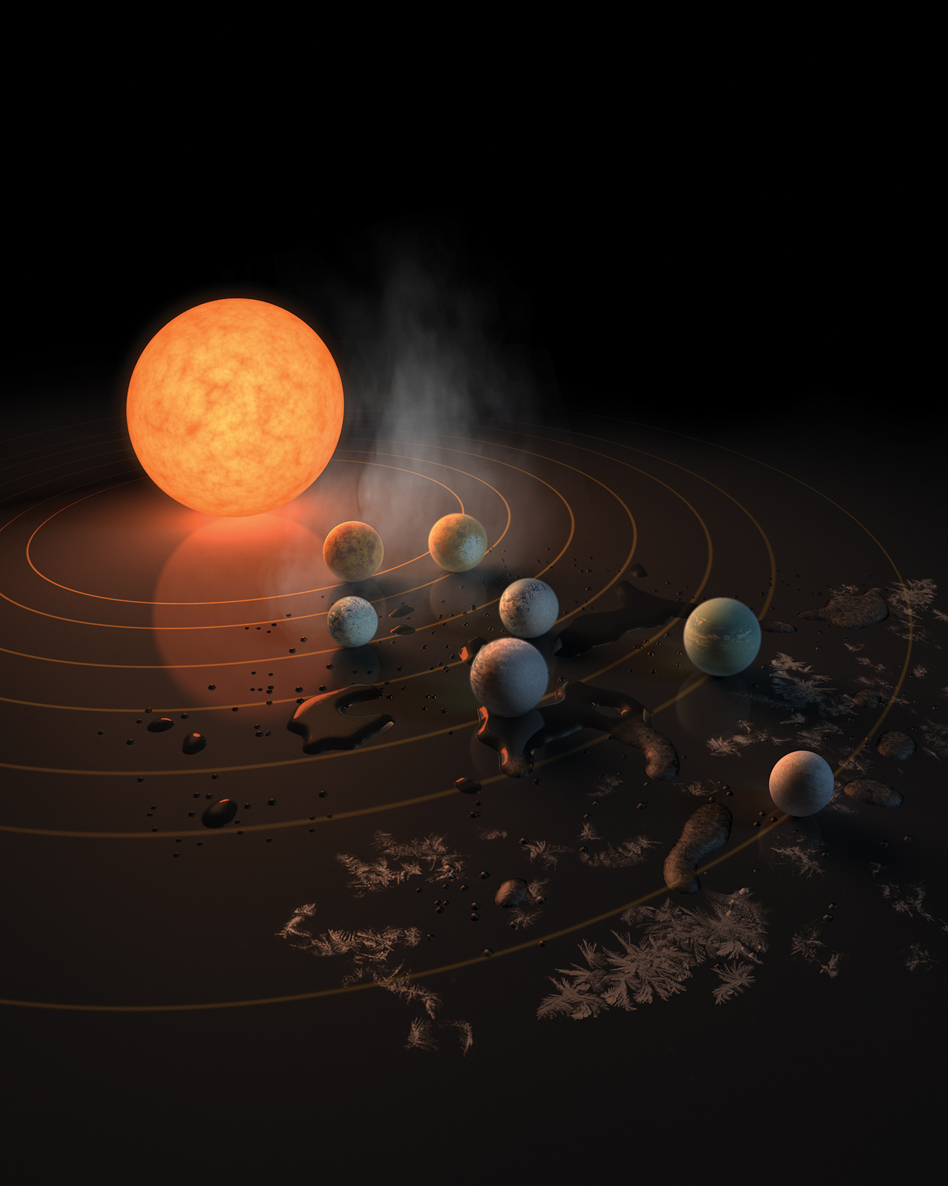Michael Werner - More Things in the Heavens: How Infrared Astronomy Is Expanding Our View of the Universe
Here you can read online Michael Werner - More Things in the Heavens: How Infrared Astronomy Is Expanding Our View of the Universe full text of the book (entire story) in english for free. Download pdf and epub, get meaning, cover and reviews about this ebook. year: 2019, publisher: Princeton University Press, genre: Romance novel. Description of the work, (preface) as well as reviews are available. Best literature library LitArk.com created for fans of good reading and offers a wide selection of genres:
Romance novel
Science fiction
Adventure
Detective
Science
History
Home and family
Prose
Art
Politics
Computer
Non-fiction
Religion
Business
Children
Humor
Choose a favorite category and find really read worthwhile books. Enjoy immersion in the world of imagination, feel the emotions of the characters or learn something new for yourself, make an fascinating discovery.

- Book:More Things in the Heavens: How Infrared Astronomy Is Expanding Our View of the Universe
- Author:
- Publisher:Princeton University Press
- Genre:
- Year:2019
- Rating:4 / 5
- Favourites:Add to favourites
- Your mark:
More Things in the Heavens: How Infrared Astronomy Is Expanding Our View of the Universe: summary, description and annotation
We offer to read an annotation, description, summary or preface (depends on what the author of the book "More Things in the Heavens: How Infrared Astronomy Is Expanding Our View of the Universe" wrote himself). If you haven't found the necessary information about the book — write in the comments, we will try to find it.
A sweeping tour of the infrared universe as seen through the eyes of NASAs Spitzer Space Telescope
Astronomers have been studying the heavens for thousands of years, but until recently much of the cosmos has been invisible to the human eye. Launched in 2003, the Spitzer Space Telescope has brought the infrared universe into focus as never before. Michael Werner and Peter Eisenhardt are among the scientists who worked for decades to bring this historic mission to life. Here is their inside story of how Spitzer continues to carry out cutting-edge infrared astronomy to help answer fundamental questions that have intrigued humankind since time immemorial: Where did we come from? How did the universe evolve? Are we alone?
In this panoramic book, Werner and Eisenhardt take readers on a breathtaking guided tour of the cosmos in the infrared, beginning in our solar system and venturing ever outward toward the distant origins of the expanding universe. They explain how astronomers use the infrared to observe celestial bodies that are too cold or too far away for their light to be seen by the eye, to conduct deep surveys of galaxies as they appeared at the dawn of time, and to peer through dense cosmic clouds that obscure major events in the life cycles of planets, stars, and galaxies.
Featuring many of Spitzers spectacular images, More Things in the Heavens provides a thrilling look at how infrared astronomy is aiding the search for exoplanets and extraterrestrial life, and transforming our understanding of the history and evolution of our universe.
Michael Werner: author's other books
Who wrote More Things in the Heavens: How Infrared Astronomy Is Expanding Our View of the Universe? Find out the surname, the name of the author of the book and a list of all author's works by series.


